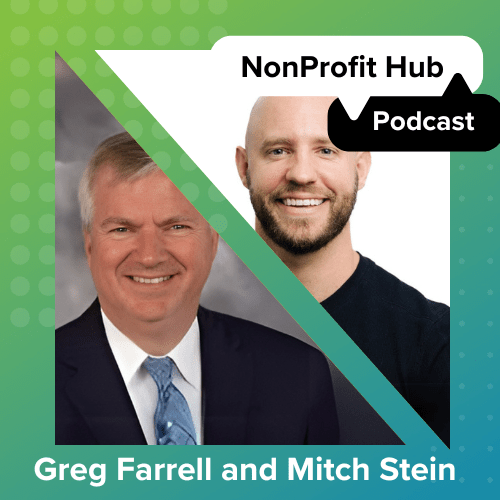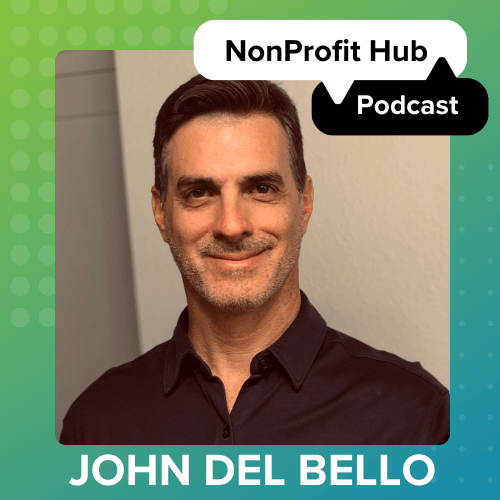Matt Chandler is a guest contributor for Nonprofit Hub. He is the director of Digital Marketing for Givelify, a free nonprofit fundraising and church giving smartphone app. He works passionately to help charitable causes maximize fundraising use through mobile technology. Matt also collects jazz, funk and soul records. In his free time he volunteers with Kentuckiana Pug Rescue and Southside Animal Shelter in Indianapolis.
___________________________________
This is part two in a series by guest blogger Matt Chandler. Make sure to check out part one of the case for single-purpose giving apps. Then continue here:
Functionality to Fit the Device
There are certain key differences between the experiences offered by desktops/laptops and mobile devices, and how they are used. One of the key differentiators is in the physical interface itself: smartphones and tablets are touchscreen devices. Finger touches are less precise than point-and-click, making it inherently more difficult to scroll through menus. Paring down an app’s functionality to a single activity eliminates the need to navigate a menu structure, decreasing user frustration.
Most mobile apps rely heavily on location-based services. Sharing a photo on Facebook? Where was it taken? Hailing a ride from Uber or Lyft? Where are you? A native mobile giving app can also use this feature to your organization’s advantage. Potential donors can pull up the app and the exact location of your fundraiser is intelligently identified, eliminating the need to search or manually enter in information.
Even the app icons are significant: you know just by looking at your home screen what each app does. Its icon is a visual representation of its purpose and mission, eliminating the need to read text to find what you’re looking for. This kind of instant identification is critical given the limited real estate of device screens.
Avoid Donor Distraction
Compare a dedicated donor app to asking your stakeholders to visit your organization’s website before making a donation. Unlike a sophisticated, secure and streamlined app, going to a search engine to visit your organization’s website opens the door for distractions all along the way. Those distractions could easily lead your potential donor away from the task of donating completely.
When potential donors go online to your website, they are first met with the hurdle of properly entering your organization’s web address, as well as the challenge of avoiding any spontaneous urge to search for an entirely different and unrelated site. Once your organization’s site has loaded, potential donors have to search for the menu link that will take them to the area of the site where donations can be made.
Along the way, any number of other distractions could derail their intent to donate. Perhaps it’s an article and photo from the last fundraising event. Or, maybe it’s news of upcoming activities. While this content is great for your site, it is also a source of distraction if you are asking donors to log into your site in order to contribute. Just as you would not clutter up a direct mail fundraising campaign with organizational newsletters or minutes from the last board meeting, you shouldn’t muddy your donor’s path to contributing to your organization online.
Once donors reach the area of your site where they are able to make a donation, your organization is not likely to live up to expectations. Donors will compare this online giving experience with giving in person and through the mail, as well as with giving via other online processes. If you are forcing them to go through several steps, only to reach a web page that is poorly designed for giving or that triggers questions over safety and security, you are not providing an optimal giving experience.
And if potential donors are viewing your website on a mobile device, which is increasingly likely, they may be having difficulty getting to menu items or even seeing the site’s pages properly.
No less than Facebook creator Mark Zuckerberg sees feature splitting as the ideal:
“On mobile, people want different things. Ease of access is so important. So is having the ability to control which things you get notifications for. And the real estate is so small. In mobile there’s a big premium on creating single-purpose first-class experiences,” he said.
Benefits for Nonprofit Organizations
By relying on a dedicated giving app, professionally designed for the single purpose of allowing online donations, you will be able to provide donors with a positive, sophisticated giving experience. You are also establishing niche expertise by doing one thing and doing it well. The short learning curve of a single purpose app means there is a greater likelihood of reuse—meaning more frequent donations and easier adoption and retention.
People crave structure and trust what is simple. According to Andrew Bud, global chair of the mobile industry trade association Mobile Ecosystem Forum:
Trust is the most important asset of any business, and consumer confidence must underpin the mobile ecosystem. The sustainability of the mobile industry depends on it. As mobile devices and services evolve, consumers will hold business ever more accountable.
Single purpose giving apps enable you to avoid the risk of distractions and empower your potential donors with the ability to quickly and securely make a donation from their mobile device.






